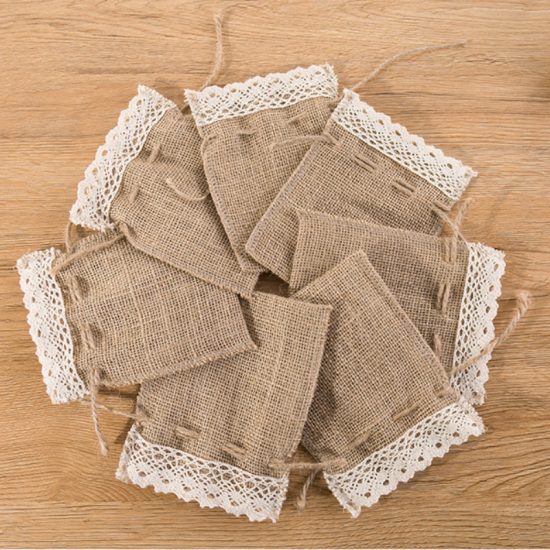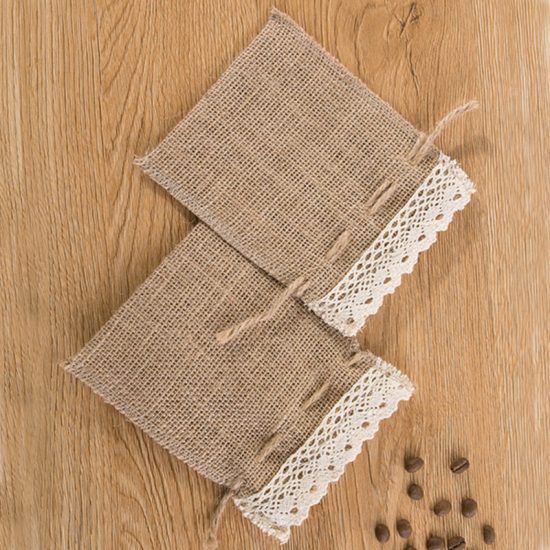In the ongoing global effort to reduce environmental impact, the choices we make as consumers play a pivotal role. Among the many decisions we face, the choice between jute sacks and plastic bags stands out as a significant one. This comparative analysis delves into the environmental implications of these two options and the role consumer choices play in shaping a more sustainable future.
1. Material Composition: Plastic bags, typically made from non-renewable petroleum-based resources, pose a significant threat to the environment due to their non-biodegradable nature. On the other hand, jute sacks are woven from the natural fibers of the jute plant, making them biodegradable and compostable. The fundamental difference in material composition sets the tone for their environmental impact.
2. Biodegradability and Decomposition: One of the most critical distinctions between jute sacks and plastic bags is their ability to decompose. Plastic bags can take hundreds of years to break down, leading to lasting environmental harm. In contrast, jute sacks biodegrade relatively quickly, returning to the earth without leaving behind microplastics that harm ecosystems.
3. Manufacturing and Carbon Footprint: The production of plastic bags involves resource-intensive processes and contributes to greenhouse gas emissions. Jute sacks, on the other hand, are sourced from a renewable plant, requiring fewer chemical inputs and energy during manufacturing. Jute’s carbon-neutral growth makes it a preferable choice for reducing carbon footprints.
4. Pollution and Wildlife Impact: Plastic bags are notorious for causing pollution in terrestrial and aquatic environments. They often end up as litter, clogging waterways, and posing threats to marine life that mistake them for food. In contrast, jute sacks do not pose the same magnitude of harm, reducing the risk of harm to wildlife and ecosystems.
5. Consumer Behavior and Perception: Consumer choices play a pivotal role in shaping the demand for packaging materials. Increasing awareness of plastic’s environmental impact has led to a shift in consumer perception, favoring alternatives like jute sacks. The adoption of jute sacks reflects a conscious effort to align personal choices with sustainability goals.
6. Longevity and Reusability: Jute sacks, known for their durability, can be reused multiple times for various purposes. Their robust nature contributes to extended product life cycles, reducing the need for constant replacements. Plastic bags, in contrast, are often single-use items that contribute to unnecessary waste.
7. Cultural and Economic Factors: Consumer choices are also influenced by cultural and economic factors. In regions where jute cultivation is prominent, the use of jute sacks might be more common due to local availability and economic support. These factors create opportunities for sustainable practices to be integrated into daily life.
8. Transitioning Toward Sustainable Choices: The comparative analysis between jute sacks and plastic bags underscores the importance of making sustainable choices. While plastic bags offer convenience, their long-lasting harm to the environment cannot be ignored. Jute sacks, with their biodegradability and positive impact, present an alternative that aligns with global efforts to combat plastic pollution and promote responsible consumption.
In conclusion, the comparative analysis of jute sacks and plastic bags reveals a stark contrast in terms of environmental implications. Consumer choices have the power to drive positive change, with jute sacks emerging as a greener alternative. By opting for jute sacks, consumers contribute to the reduction of plastic pollution, promote sustainable practices, and pave the way for a more environmentally conscious future.


